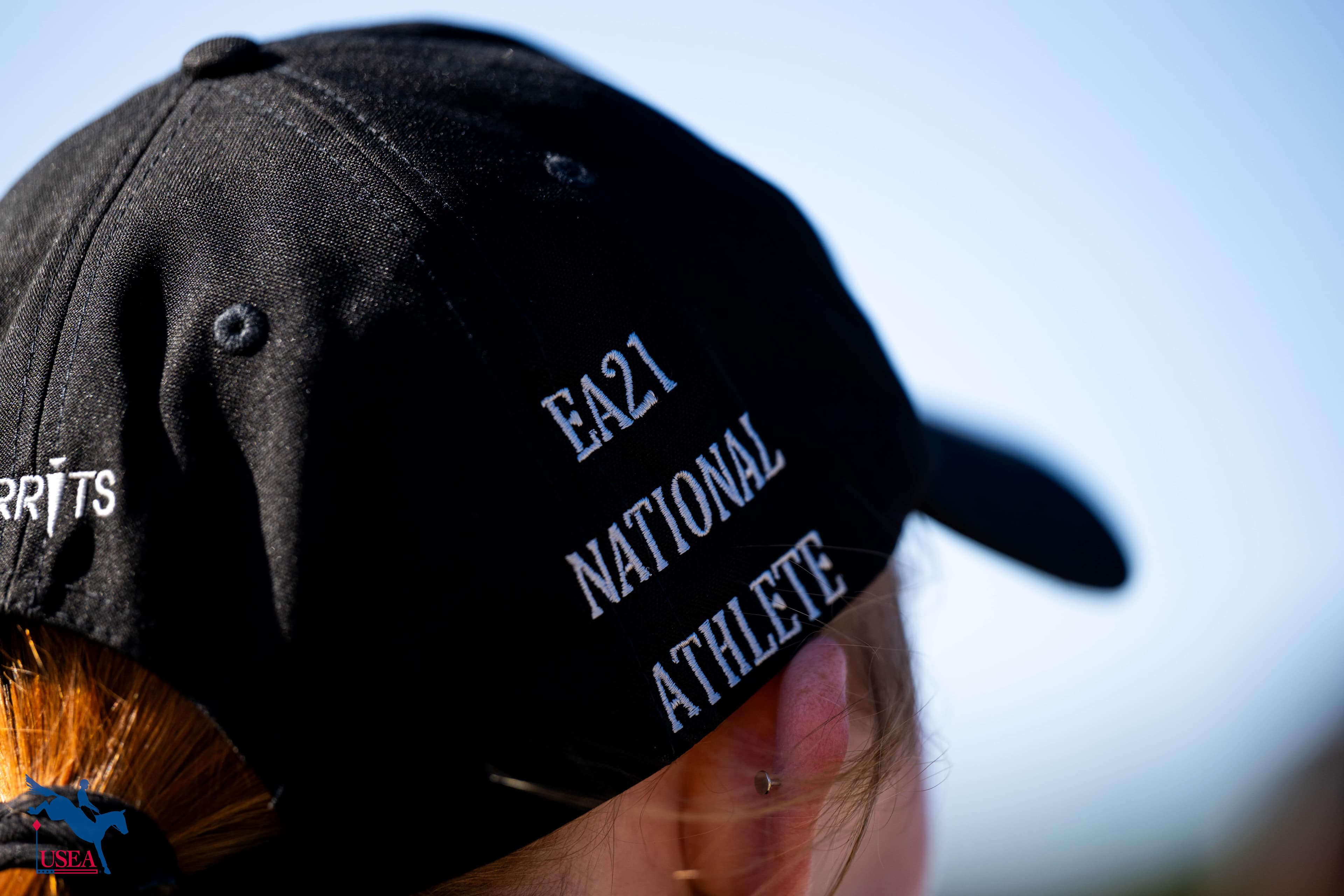Joint Products 101: Different Types, Different Purposes

From proven arthritis medications to nutritional supplements, understanding the differences among joint product types can make a real difference in your horse’s long-term mobility.
Just like horses are similar but different, so are equine joint products. They’re created in different ways, approved for different uses and monitored differently for safety and effectiveness. Choosing the product (or products) right for your horse can be complex. The decision depends on a number of factors, like the condition affecting your horse’s joints, your horse’s severity of lameness or degenerative joint disease (DJD), the type of work your horse does, and the list goes on.
To help simplify the situation, this guide outlines the main types of joint products and provides some key considerations for helping ensure the products you use will help keep your horse moving.
Key Joint Health Product Categories
| Example Products | Indications | FDA-Approved Status | Availability | |
| FDA-Approved Polysulfated Glycosaminoglycan | Adequan® i.m. (polysulfated glycosaminoglycan) is the only FDA-approved polysulfated glycosaminoglycan. There is no generic equivalent. | Treats non-infectious degenerative joint disease (DJD). Adequan® i.m. is the only product proven to:1,2 • Reduce inflammation • Restore synovial joint lubrication • Repair joint cartilage • Reverse the disease process | Approved by the FDA | FDA requires a veterinarian’s prescription to obtain product |
| Hyaluronate Sodium | Brand name and generic products, such as HYVISC®(hyaluronate sodium), LEGEND® (hyaluronate sodium), and HYALOVET® (hyaluronate sodium) | Also referred to as hyaluronic acid, they reduce the symptoms of DJD rather than directly affecting/improving the joint cartilage | Approved by the FDA | FDA requires a veterinarian’s prescription to obtain products |
| Nonsteroidal Anti-Inflammatory Drugs | Brand name and generic products featuring the active ingredient phenylbutazone (often called “bute”) or flunixin meglumine (one brand is Banamine® [flunixin meglumine injection]) | Reduce pain and inflammation associated with DJD | Approved by the FDA | FDA requires a veterinarian’s prescription to obtain products |
| Medical Devices | ICHON™, Chondroprotec®, Compass®, HYCOAT® Hytryl®, Map™ 5, Pentosan Polysulfate, Polyglycan® | Often indicated for wound management, none are FDA-cleared joint products. While some medical devices include ingredients with similar names, they are not generics or substitutes for Adequan® i.m. | Regulated by the FDA but the authorization process is different from the stringent prescription drug requirements | FDA does not require a veterinary prescription; some available only through veterinarians |
| Supplements | Summit Joint Performance®, MoveX®, Platinum®, Conquer®, VitaFlex®, SmartFlex®, and many more | Classified as nutraceuticals, these dietary supplements are for general health and may support joint health. They are not indicated to manage or treat DJD or arthritis. | Regulated by the FDA but they are not always required to seek the same stringent premarket authorization or approval as prescription drugs | No prescription required; some available only through veterinarians |
The Significance of FDA Approval
FDA approval is important to all the veterinarians who participated in a recent roundtable discussion hosted by American Regent Animal Health. For example, Dr. Christopher E. Kawcak, director of Equine Clinical Services at Colorado State University, said he values FDA approval. “I think most people are unaware of what the FDA actually does to protect the consumer,” Dr. Kawcak said, “and once they realize that, a lot of times they start to realize that [products] are approved for a reason.”
Medications regulated and approved by the FDA must be studied rigorously and monitored continuously. To be specific, FDA-approved products must be backed by scientific studies proving that they’re safe and effective. They must be made in facilities that follow Good Manufacturing Practice to ensure proper handling to preserve safety, effectiveness and the integrity of their ingredients. Manufacturers of FDA-approved products must also track and report any problems they become aware of, and they must submit their marketing materials to the FDA.
Supplements and medical devices are regulated by the FDA, most are not required to follow the same stringent approval processes as prescription drugs. Unlike with FDA-approved drugs, medical device manufacturers are not required to provide clinical data about their products and supplement manufacturers are not required to prove their products’ safety, effectiveness, ingredient makeup or manufacturing processes.
The Veterinarian’s Role
Many FDA-approved equine joint medications require a prescription so the veterinarian can ensure that the medication is appropriate to use for an individual horse and that the correct dose is given in the proper way. That’s why involving a veterinarian in your horse’s joint care is so important.
By completing regular soundness exams and a detailed diagnosis in the face of lameness, your veterinarian will recommend the therapies that are best for your horse’s individual situation. When your horse is being evaluated for lameness, your veterinarian will ask you a number of questions ranging from your horse’s routine exercise to diet and supplement use to changes in housing to other therapies your horse is receiving. All this information is critical to ensuring the products and therapies work together appropriately and can effectively treat lameness.
When DJD Develops
DJD, also called arthritis, is often to blame for lameness. In fact, DJD causes up to 60% of lameness in horses.3 DJD is characterized by progressive deterioration of articular cartilage, along with changes in the bone and soft tissues of the joint.4 If left untreated, DJD continues to get worse. Diagnosing DJD allows you and your veterinarian to begin treatment early, because once cartilage wears away completely, it cannot be restored.
As an FDA-approved product, Adequan® i.m. has been proven to reduce inflammation, restore synovial joint lubrication, repair joint cartilage and reverse the disease cycle.1,2 Dr. Robin Dabareiner, who worked at Texas A&M University for 23 years before working at Waller Equine Hospital in Texas, appreciates that Adequan i.m. is backed by FDA approval. “I try to talk to clients, telling them I feel it’s a bigger bang for your buck if you go with the intramuscular Adequan [than unproven supplements],” Dr. Dabareiner said. As the only FDA-approved equine polysulfated glycosaminoglycan for DJD in horses, Adequan i.m. actually treats the disease of DJD, not just the clinical signs. (1,2)
Successfully managing joint issues often requires a combination of therapies. While the goal of every therapy is to support a horse’s mobility, some products are more effective at preserving and extending mobility because they’re targeted to certain issues. This is especially true when it comes to slowing the effects of arthritis or DJD.
Understanding the different types of joint products, how they’re made and monitored, and whether they’re proven to be safe and effective is important. After all, keeping your horse’s joints healthy is one of the keys to a long life of riding—together. And that’s the ultimate goal.
INDICATIONS Adequan® i.m. (polysulfated glycosaminoglycan) is recommended for the intramuscular treatment of non-infectious degenerative and/or traumatic joint dysfunction and associated lameness of the carpal and hock joints in horses.
IMPORTANT SAFETY INFORMATION There are no known contraindications to the use of intramuscular Polysulfated Glycosaminoglycan. Studies have not been conducted to establish safety in breeding horses. WARNING: Do not use in horses intended for human consumption. Not for use in humans. Keep this and all medications out of the reach of children. CAUTION: Federal law restricts this drug to use by or on the order of a licensed veterinarian. For full prescribing information, visit adequan.com.














